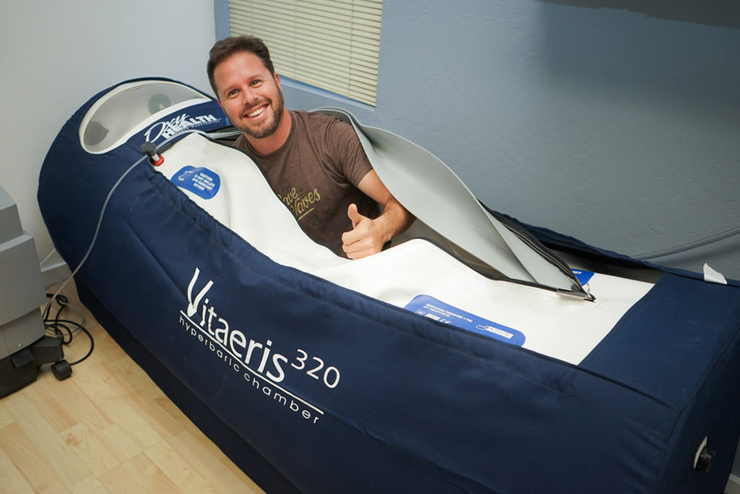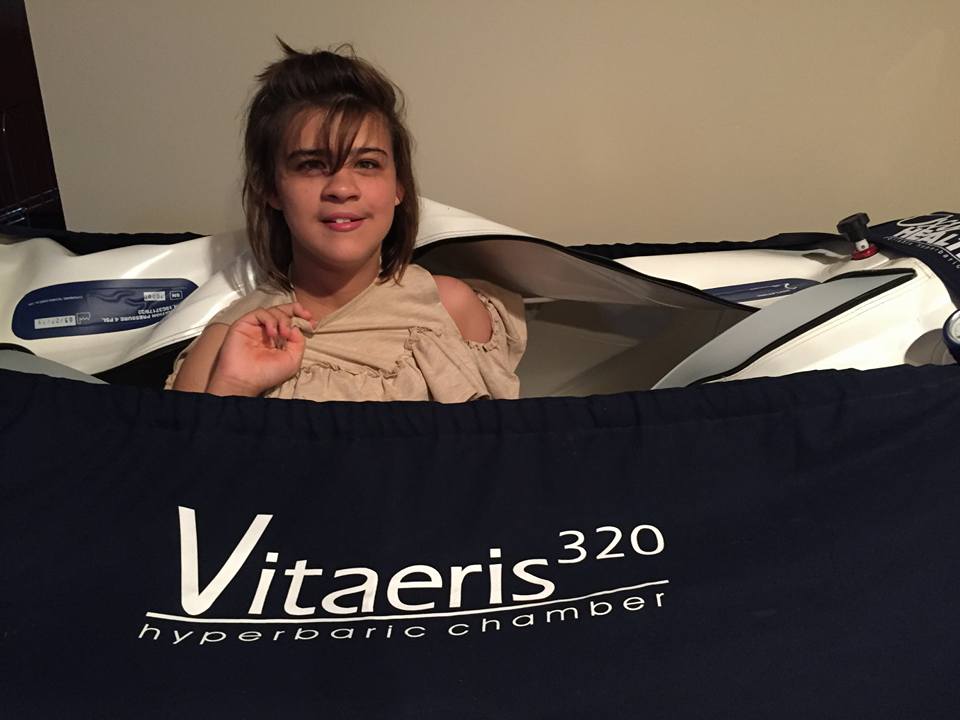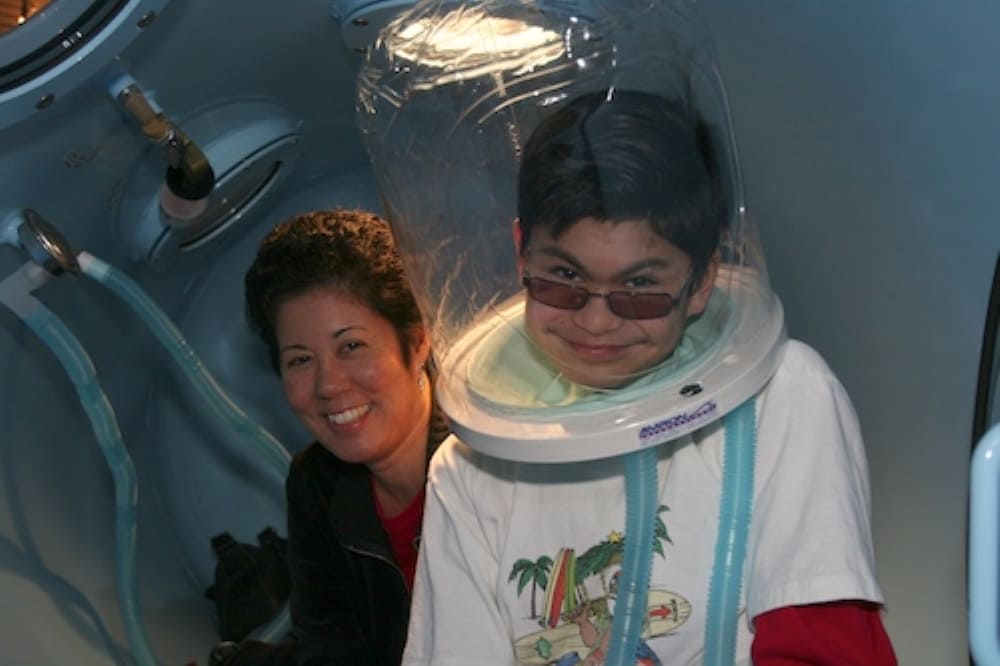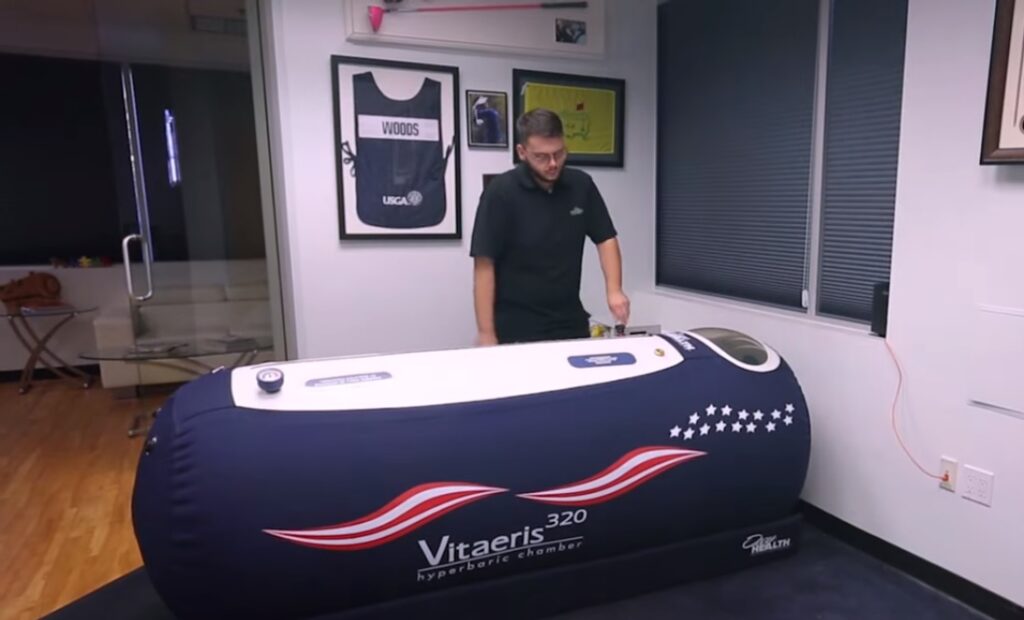Autism spectrum disorder (ASD) is a serious health condition that is affecting young children in the United States. Research reports by the Centers for Disease Control and Prevention (CDC) indicate that about 1 in 59 children are affected by ASD related complications across the nation.
These alarming statistics are urging the medical community to find adequate treatment solutions that aid in providing requisite relief to autism patients and enable them to lead a normal, healthy life.
Currently, physicians are increasingly recommending HBOT for autism-related complications, as this treatment method is known to be a viable, non-invasive procedure that can be administered on an outpatient basis.
What Is Autism Spectrum Disorder?
Autism Spectrum Disorder (ASD) is a serious affliction that causes neuro-degenerative disabilities. Toddlers are often known to display signs of autism from an early stage. This disorder can affect basic cognitive functions such as speech, memory and motor skills in individuals.
ASD can cause serious communicative problems due to symptoms such as repetitive and disruptive behavior. Any delay in providing requisite treatment during the initial growing-up years, often leads to the children facing social exclusion, thereby turning their lives into a frustrating ordeal for both the patients and their caregivers.
The rising number of ASD cases in the United States is propelling the medical fraternity to create widespread awareness of the benefits associated with HBOT for autism treatment.
Medical experts are considering allied health conditions such as pervasive developmental disorder, cerebral palsy, Asperger syndrome and numerous other cognitive afflictions as related complications of autism spectrum disorder.
What Are The Key Factors That Cause Autism?
The primary causes of autism spectrum disorder are still under speculation.
However, researchers do attribute the causes of ASD to varied factors ranging from genetic triggers, environmental issues and allied medical complications that can possibly affect the patients before or after birth.
A few common complications experienced by patients with autism spectrum disorder are:
- Cerebral hypoperfusion.
- Oxidative stress.
- Inflammation.
- Mitochondrial dysfunction.
- Irritable bowel movement.
Most of these conditions are known to occur due to the lack of oxygen-rich blood supply to the brain, thereby resulting in extensive damage to tissues that are essential for healthy cognitive functioning.
Seizures are a common occurrence in patients ailing from these complications and can at times have debilitating repercussions such as stroke, coma or death if left untreated.
Medical professionals firmly believe that early diagnosis of these conditions coupled with subsequent commencement of HBOT can significantly aid autism patients in their recovery from these painful afflictions.
What Is HBOT?
Hyperbaric oxygen therapy or HBOT is an alternative treatment solution that has been used by physicians for several decades to provide relief to patients for various disorders and relies on the usage of pure unadulterated oxygen.
HBOT was initially used in the early 1960s’ to relieve decompression sickness-related complications experienced by deep-sea divers from the U.S navy.
In later years, researchers discovered that HBOT could be used to treat a wide range of disorders such as non-healing wounds, gas embolism, toxic poisoning, and several other serious afflictions.
These positive developments prompted eminent hyperbaric experts to conduct detailed research studies to unravel the efficacy of HBOT for treating autism spectrum disorder.
The studies clearly indicated that autism patients experienced a drastic improvement in their bowel movement and were able to maintain steady eye contact. Anger management levels in patients reduced considerably and lowered gastrointestinal infections were also recorded post their HBOT.
The results of these research programs clearly indicated that HBOT has the potential to provide autism patients with a renewed hope of leading normal lives.
How Is HBOT Administered To Autism Patients?
HBOT can be administered to autistic patients at a clinic or a residence depending on their convenience.
During the treatment, an autistic individual is placed inside a pressurized compartment known as a hyperbaric chamber. Thereon, the trained staff administers 100% pure oxygen to the patient through a facial mask or tube at pressures that are 1.2 to 3 times greater than normal atmospheric pressure at sea level.
The enhanced pressure inside the chamber instantly dissolves the unadulterated oxygen into the body fluids and boosts the oxygen-rich plasma to all the various parts of the brain wherein the tissues are damaged or dormant due to restricted blood flow.
How Does HBOT Aid Recovery In Autism Patients?
The improved blood circulation during HBOT is known to reduce the inflammation in the brain and improve brain perfusion levels. The increased oxygen levels in the blood also encourage fresh tissue regeneration in the brain.
Autism patients are believed to have displayed significant improvement in their memory retention; IQ levels, speech patterns, and motor skills post regular HBOT sessions.
Success stories of autism patients undergoing hyperbaric therapy have shown a sizeable reduction in their anxiety and stress levels. Medical experts have also noted that these patients are able to cope with their depression in a better manner as they feel happier and appear less frustrated after their HBOT program.
The ease of undergoing HBOT for autism-related complications has made this treatment a favored choice of treatment for caregivers and patients alike.
HBOT for autism patients can be provided through three types of hyperbaric chambers, namely:
- Monoplace Hyperbaric Chamber:
This chamber is typically designed for a smaller medical facility such as a clinic. Monoplace chambers can also be installed in a home if the patient is advised to undergo long-term HBOT and does not wish to travel long distances.
A monoplace hyperbaric chamber is specifically constructed to administer hyperbaric therapy to one individual at any given time and is equipped with a glass window through which the staff is able to monitor the entire procedure.
- Multiplace Hyperbaric Chamber:
A multiplace hyperbaric chamber is large in size and is built to accommodate multiple users during a single HBOT session. These chambers are installed in large medical facilities wherein the hyperbaric experts can monitor the therapy from inside the chamber.
- Portable Hyperbaric Chamber:
These chambers are constructed from canvas or urethane and are lightweight. A portable hyperbaric chamber is designed for a single user and can be transported to any location.
Installation is easy and requires minimum guidance. These chambers enable autism patients to undergo HBOT in the privacy of their home or hotel.
Currently, several top researchers and scientists consider HBOT for autism to be the best alternative treatment option for better patient outcomes.
The efficacy and success of HBOT for autism-related cases have equipped patients and their caregivers with an optimistic outlook to combat this disorder successfully and lead a healthy life in the future.




